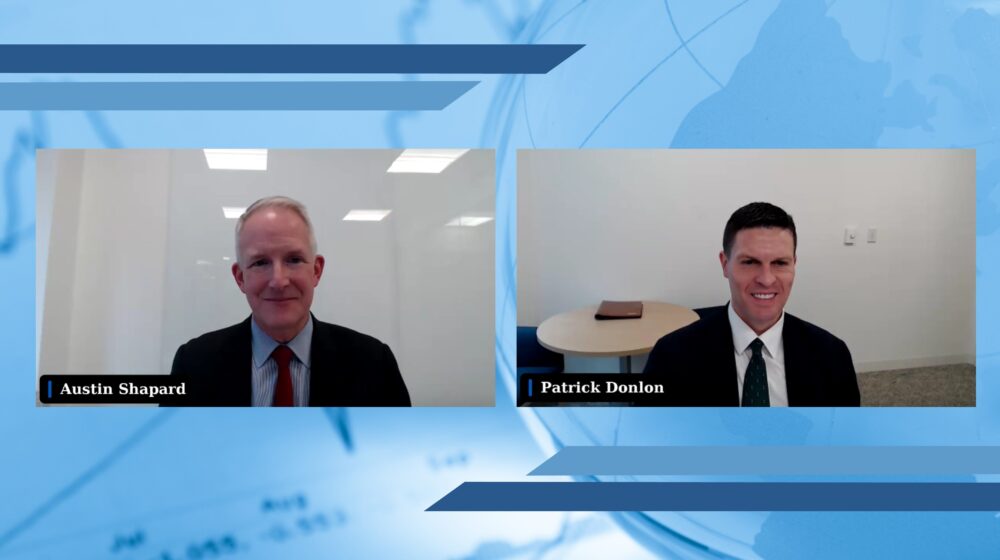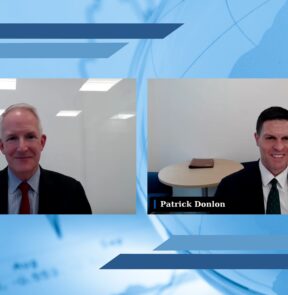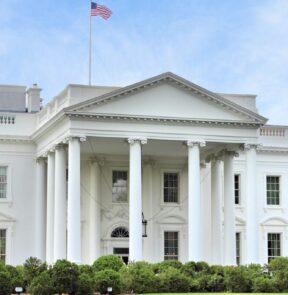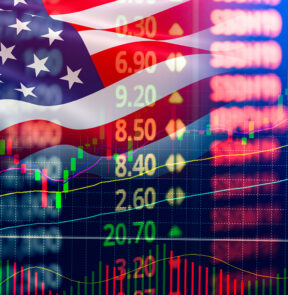Investments


Investments – Markets
2025 Q2 Market Outlook Webinar
In our April 16, 2025 Market Outlook webinar, we discussed the current state of key Trump administration policy decisions, and our views on the direction of the economy and financial markets.

Investments – Markets
2025 Q2 Market Outlook: Implications of Policy Changes

Investments – Markets
Understanding the Current Market Dynamics

Investments – Markets
The World is Deglobalizing – Do Investors Need to Care?
Filter list

Reset all
19
2025 Q2 Market Outlook Webinar
In our April 16, 2025 Market Outlook webinar, we discussed the current state of key Trump administration policy decisions, and our views on the direction of the economy and financial markets.
Understanding the Current Market Dynamics
In our latest article, Fiduciary Trust experts explore the market impact of recently announced tariffs and the heightened risk of recession amid growing policy uncertainty, sharing why maintaining a long-term investment perspective remains critical.
2025 Q2 Market Outlook: Implications of Policy Changes
In our 2025 Q2 Market Outlook, Fiduciary Trust experts provide our perspective on the economy and markets, including the implications of the Trump administration's economic policy.
Navigating Market Volatility & Policy Uncertainty
In our latest article, we examine the key drivers behind recent market movements, provide context on the broader economic landscape, and outline our disciplined approach to investing in uncertain times.
Growing Relationships Through Trust Services
Registered investment advisors can enhance their value to clients through providing trust services. Read our thoughts on how to select the best trust services partner.
2025 Market Outlook: The Red Wave Has Investors Seeing Green
As we head into 2025, Fiduciary Trust experts examine the potential scenarios for the economy and financial markets.



